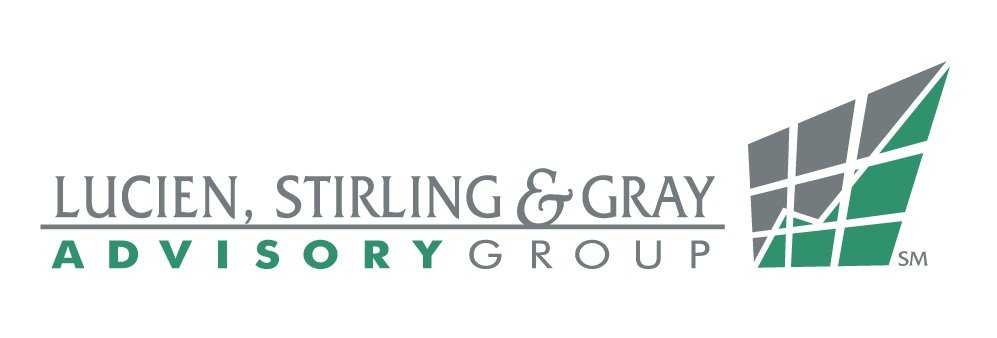Required Minimum Distributions under the SECURE Act
Article By Mark A. Ward, Vice President
Artwork by Daisy Lopez, Staff Accountant
In brief:
· The Secure Act, enacted in 2019, left many open questions about RMDs
· The proposed IRS regulations are filled with in-depth information on how the Secure Act RMD rules will be applied in the future
· The proposed regs are now out for a 90-day public comment period, with a public hearing to be held June 15
On Wednesday February 23rd, The Internal Revenue Service released long-awaited proposed regulations that address unanswered questions concerning Required Minimum Distributions under the Setting Every Community Up for Retirement Enhancement (SECURE) Act of 2019.
They will apply to RMDs from qualified plans; 401(k) Plans, Section 403(b) annuity contracts, custodial accounts, and retirement income accounts; Individual Retirement Accounts and annuities; and eligible Deferred Compensation Plans under Section 457.
These regulations affect administrators of, and participants in, those plans as well as owners of IRAs and annuities; employees for whom amounts are contributed to section 403(b) annuity contracts, custodial accounts, or retirement income accounts; as well as beneficiaries of those plans, contracts, accounts, and annuities.
The Secure Act was enacted at the end of 2019, with most provisions in effect since the beginning of 2020. However, the law left many open questions.
Now, after more than two years, these proposed regulations provide draft answers to most of the open RMD questions.
The regulations run an enormous 275 pages and contain detailed information concerning the way in which future Secure Act RMD rules will work for IRA owners, plan participants, beneficiaries, and especially IRA trusts. Careful reading is required to parse out the key points.
Some of the issues clarified by the IRS include:
· The age of majority is set at 21 in determining whether a child of the deceased IRA owner qualifies as an “Eligible Designated Beneficiary” (EDB), despite the fact that the age of majority under most state laws is 18.
· The existing see-through IRA trust rules, after the Secure Act (see below*).
· The so-called “10-year rule” has been clarified to include the last day of the 10th calendar year after the date of death. Previously, the Secure Act seemed to suggest the 10-year rule began on the date of death and ended on the 10th anniversary of the date of death.
· The proposed regs also provide answers concerning how individual RMDs should be calculated when there are multiple beneficiaries of a decedent’s IRA, especially when the beneficiary is an IRA trust, or when there are different categories of beneficiaries named on the same IRA — for example, one beneficiary who qualifies as an Eligible Designated Beneficiary (EDB), and one who doesn’t.
Many professional advisors have noted that the proposed regs include a surprising interpretation of the rules that apply when the participant dies after commencing RMDs.
In general, if there is a non-spouse beneficiary who is more than 10 years younger than the deceased owner, the entire account balance is required to be distributed by end of the 10th year following death, but no distributions are required in years 1-9 following death.
However, the proposed regulations somewhat unexpectedly state that if RMDs have already begun to the participant, after death distributions must continue to be made annually to the beneficiary in years 1-9 based on the decedents RMD, with the remaining account balance distributed in its entirety no later than the end of the 10th year following the date of death.
Along with many minor clarifications, the proposed regulations also include significant additions to trust beneficiary see-through rules (*clarifying whether such trusts can ignore the 5-year distribution rules or not depending on the disability condition of the beneficiary), and rules concerning whether or not certain annuity policy features are treated as satisfying the RMD rules.
The proposed regs are now out for a 90-day public comment period, which began once they were published in the Federal Register on Thursday February 24th. A public hearing is scheduled for June 15th.
Presumably, after the public hearing, the IRS will release the final regs sometime this coming Fall.
That said, both houses of Congress are currently considering a “Secure Act 2.0” that may further revise all the aforementioned rule changes – so stay tuned.
As always, we will remain vigilant on your behalf and do our best to keep our clients apprised of any rule changes that might affect you and your loved ones.
Faithfully yours,
Mark A. Ward, CFP®, ChFC®, RICP®
V.P., Operations
Chairman, Investment Policy Committee

